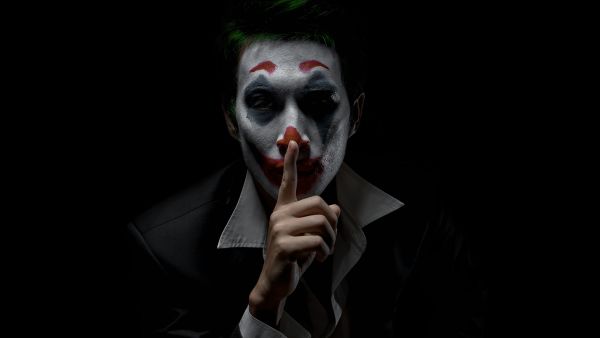Creativity has many forms and it is defined as the new, useful, original and socially acceptable production that satisfies a desire or solves a problem, or re-introduces the old in a better or more exotic manner, or deals with the familiar in an unfamiliar manner, and integrates old or new opinions in different images and using imagination to develop and adapt opinions in order to satisfy the needs in a new manner.
Creativity is also an innate mental energy in its foundation and human in its belonging. A recent study by Adam Perkins from the King’s College, London confirmed there is a relation between a creative and neurotic person. He showed how there is a link between the vast imagination and the nervous disorders that afflict humans and lead to the development of difficult mental illnesses.
The pressure of being labeled gifted or genius and the expectations upon it have killed more passion. I wanted to be a chef. It gave me a natural outlet for my creativity and curiosity that I was interested in. Instead I was told I was too smart for it. 2 worthless degrees later pic.twitter.com/IeL0s7uYkV
— Touch of Madness Creative (@MadnessTouch) February 20, 2021
If we look back and look at the psychological files of creative people who have shaped history in its various walks, whether in art, literature, scientific discoveries and inventions, we will find the evidence of the validity of this scientific claim.
Some creative men who were known for their neuroticism and suffered from deep psychological and mental illnesses that contributed, often without their knowledge, to commemorate them such as Beethoven, the author of the greatest pieces in the history of human music, and novelist Virginia Woolf Isaac Newton, the greatest in human history, was also suffering from bipolar depression.
What is the nature of the relationship between #madness and #genius, between psychic distress and creativity? This association, which has always been present for reflection, has only recently become the object of specific investigations. https://t.co/fP64iiE0YZ
— La Civiltà Cattolica (@civcatt) February 18, 2021
The genius painter, Van Gogh, was also known to have suffered epileptic seizures that prompted him to paint so many paintings, which are considered today among the most famous and most expensive in the world. The world also knew a large number of natural creators, such as Charlie Chaplin, Picasso, Walt Disney, Albert Einstein, and others.
I personally believe every drop, madness, extremism, opinions, positions, or private life of any creative person is something that is related to him personally, and people have nothing to do with it, rather they are only concerned with the creativity they provide in singing, acting, painting, dancing or sculpture.
Only a journalist and perhaps a few others are required to know their mental health, the truth of their positions on the issues at hand, and their integrity, before believing in what they write.
A writer's life is full of fun, creativity, and a tinge of madness. Don't you agree? pic.twitter.com/J33h5Sl2al
— Mithaas Services (@MithaasServices) February 18, 2021
The great journalist writer Thomas Friedman is a creative person, and there are many like him. He is able to influence his readers and shape their opinions, and sometimes thrust them in dangerous directions and push them to believe in political issues that may not be fair, but are correct from his point of view; therefore it is important to know a lot about the writer before being influenced by him or believe in what he writes.
Colleague AbdulLatif Al-Duaij, whose daily writings we miss, is the example of a distinguished writer, who sometimes does not agree with his visions, but it is difficult to accuse him of bias, or that he is paid for doing what he is doing. What he writes represents his thought, and nothing but his thought alone.
Ahmad alsarraf is a writer in the Arab Times
This article has been adapted from its original source.








